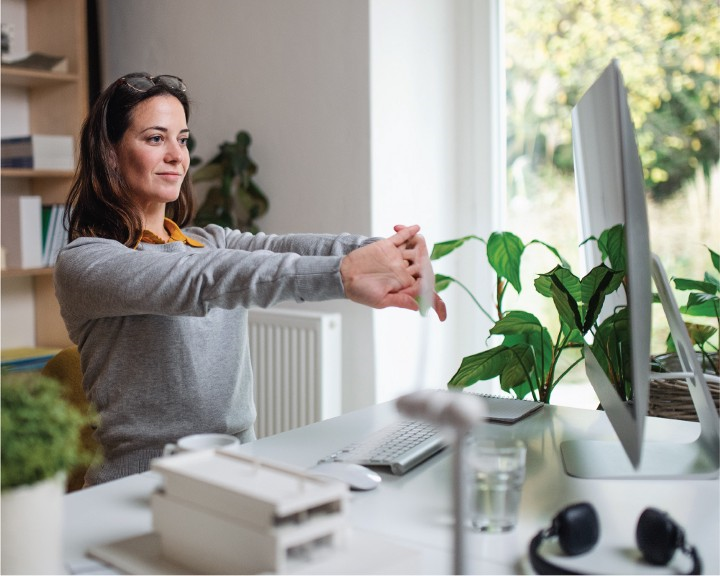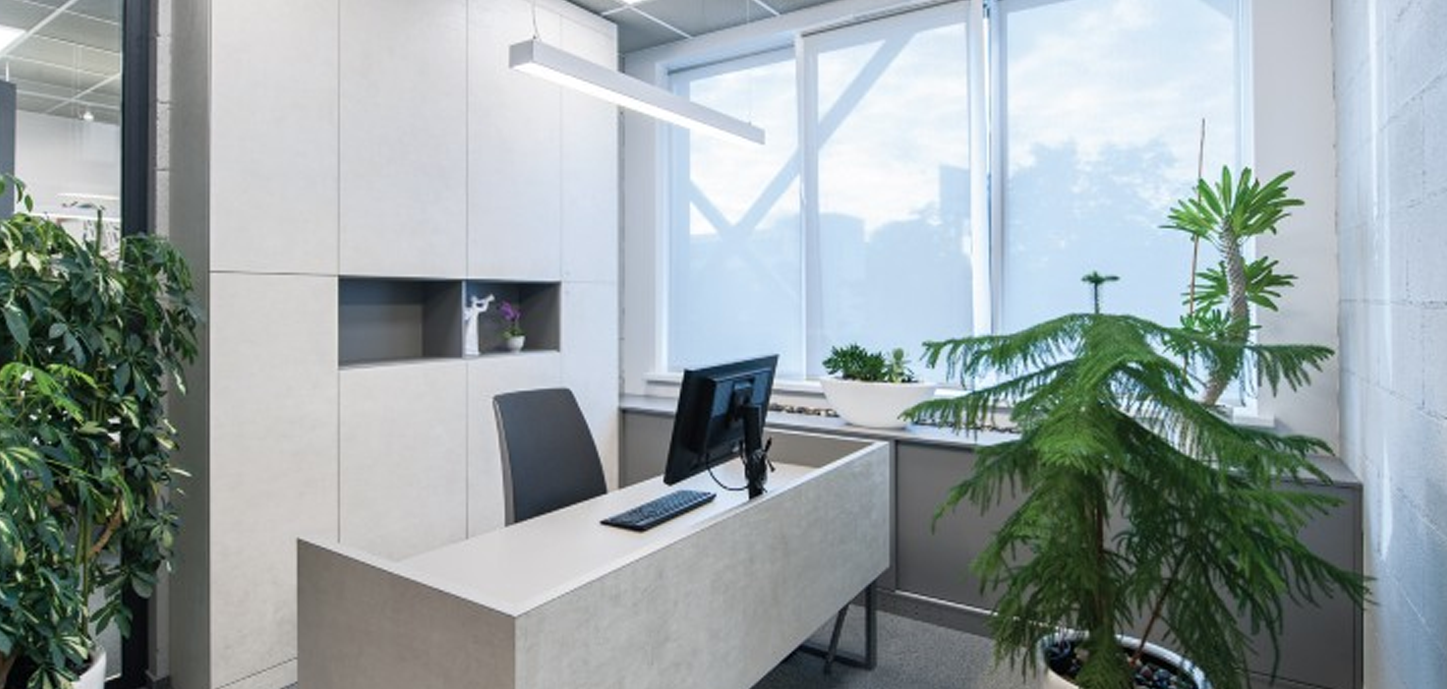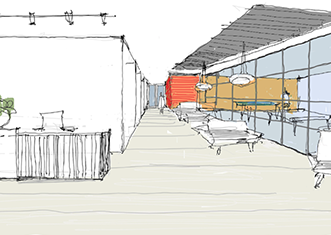Workspaces are ever-evolving - and are doing so at a constant pace. In the recent couple of decades, we've moved from restrictive confining cubicles to open work setting plans that embraced variety, fun and multiple types of working.
However, in recent years, there's been a push toward sustainability. But what does this mean - and more specifically, what does this mean for you and your employees?
Sustainability is doing the right thing and doing it rightly.
To be sustainable is to be sensitive and responsible - consciously - to be natural. Simply put, it means placing people and environment first. A better definition of sustainable design is 'the approach to design anything that addresses the environment, economical and social impacts in the short and long run.
What does a sustainably designed office space look like?
A common misconception is that sustainable design compromises on aesthetics, and on the diametrically opposite end, another myth is that it is an expensive undertaking. However, green office space is designed to improve sensorial and tactile quality of the space, maximise efficiency and performance and to reduce the carbon footprint on local and global scales.
This could mean any number of things:
Smart design principles that ensure harnessing and utilisation of natural elements in order to optimise light and ventilation.Use of technology for everything starting from access control and leading up to geo-fencing and facility management.Using green power and non-toxic materials in the construction of the office space and the office itself.Replacing energy-guzzling fluorescent lighting with circadian lighting.Repurposing or upcycling furniture and/or choosing furniture and accessories that are made responsibly.Plants and living walls around the office don't just add to the aesthetics - they also improve air quality.
What's in it for the end-users?
Better efficiency, better health, better job satisfaction and most importantly, a happy space. Studies show that a little connection with nature every day is great for mental health and improves wellness and productivity.
Waste reduction/recycling practices such as replacing single-use cups with washable/reusable cups helps a long way in reducing the waste footprint. Demonstrating organisational value in going green by encouraging their people to carpool or to switch from fuel-guzzling vehicles to bicycles, smart bikes or public transport is something that most potential employees look for.
In the bargain, practices like this also sensitise them to be more aware of things they can change in their own lives to be more earth-friendly.
The idea ...
When it's done right, a green office is fresh, healthy, happy, improves efficiency, reduces expenses in the long run, and looks great. And knowing you are doing your bit for the planet will certainly put a pep in your step.









